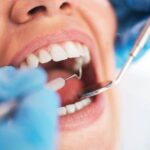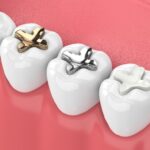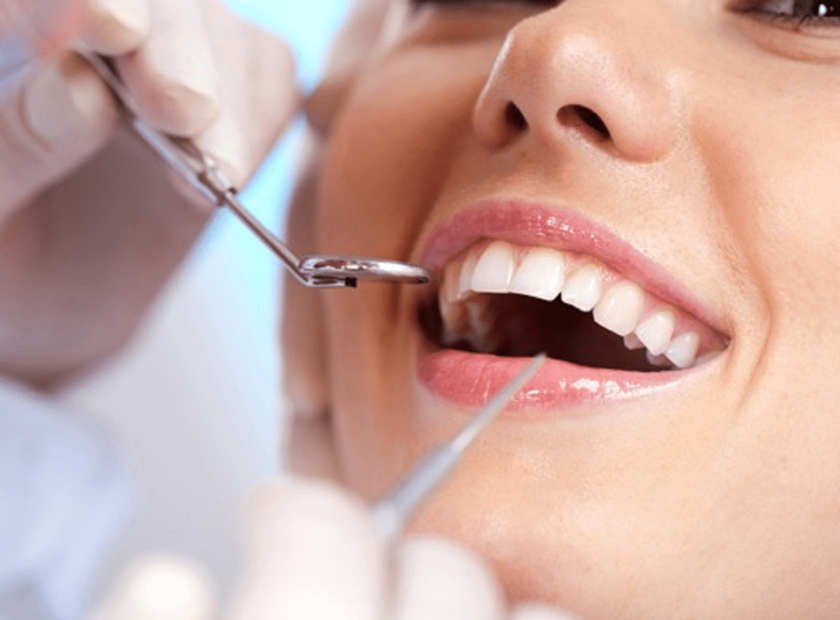
Dental Bone Graft: What It Is, How it works, Healing and Recovery
It is normal to lose calcium and minerals as we age, which is why our teeth lose a lot of bone and become vulnerable to cavities. However, there are many other reasons for our teeth to weaken and catch cavities. Dental bone grafting is a procedure to replace the lost bone capacity or density in your jaw and provide the additional support that is needed for its regular functioning.
Bones from any other part of your body are taken to surgically fuse them into the existing bone in the jaw. Nowadays, synthetic bone material has also been used for the same. Dental bone graft is not a procedure everyone with bone loss requires to have done, instead it is only suggested if an individuals’ general health is being affected due to the loss of gums and teeth or if one is getting dental implants.
Continue reading to find out how the procedure is done and a person is recovered from it to perform the daily functions with ease.
Dental bone graft and how does it work?
Dentists and oral surgeons take help of several different ways to carry out Dental bone graft, where the basic practice and procedure remains the same. A bone material taken from another part of your body is grafted or attached to the jaw. An incision is made by the dentist or oral surgeon in your jaw for the procedure to be carried out.
It is a delicate procedure only recommended by the doctors if someone has lost adult teeth or is suffering from a gum disease that can interfere with the general health and well-being of the person. A section of bone material that is taken to infuse to the jaw is preferably taken from the persons’ own body either from hip, tibia, or back of the jaw. When the procedure is carried out this way, it is referred to as the autograft.
Autograft is considered an ideal procedure in dental bone graft as the body is easily able to adapt to its own part, resulting in faster healing and recovery and hence such implants are also known as “gold standard”.
Types of dental bone grafts?
- Autograft – When the bones are taken from the patient’s own body to attach or graft it to the jaw.
- Allograft – Dental bone graft when done by taking bone from a cadaver that is someone else’s body, it is known as allograft.
- Xenograft – This involves the bone to be taken from another species such as pig, cow, or even coral.
- Alloplast – When a synthetic material is used for dental bone graft such as calcium phosphate or calcium sodium phosphosilicate the procedure is termed as alloplast.
How does the dental bone graft work?
- The procedure by giving the patient anesthesia and monitoring the activity throughout.
- The affected area is cleaned following with the incision in the gum for it to be separated from the bone. The incision is where the graft is placed.
- The bone is placed between the two sections to make them grow together with a dissolvable adhesive substance.
- The grafts can also be adjoined with membranes with special screws.
- Procedure ends when the incision is sewn up and left to heal.
Depending on different conditions there are three types of procedures that can be used, they are:
- Block bone graft – When there is subsequent bone loss on the front of the jaw, the bone is taken from the back of the jaw, which is known as block bone graft.
- Sinus lift – To restore the upper jaw’s stability sinus lift is done to move them back to their normal position.
- Socket graft – When a tooth is removed due to some problem, socket graft is done to prevent the bone loss that might occur otherwise.
The journey of healing and recovery
Instructions have been given to the patient for changing the dressing during the next 24 hours with some pain relievers and antibiotics to avoid infections. Additionally, here is what else you can do:
- Use ice packs to relieve pain
- Eat soft slushy food for some days
- Sleep with a slightly elevated head position to prevent blood pooling.
- Avoid hot liquids including tea, coffee, and soup.
- Exempt from doing physical activity.
With regular visits to the dentist center and complete care, you will start seeing improvements starting from a few weeks to be completely healed in a few months.
Conclusion
Some main side effects of the dental bone graft procedure are pain and swelling, that goes eventually with a little extra care and prescription medicines. You can also see minor bleeding or difficulty in chewing or even speaking for the first few days. Periodontists in Dubai will help you understand the procedures in detail. Book your appointment in the nearest dental clinic in Dubai now.






